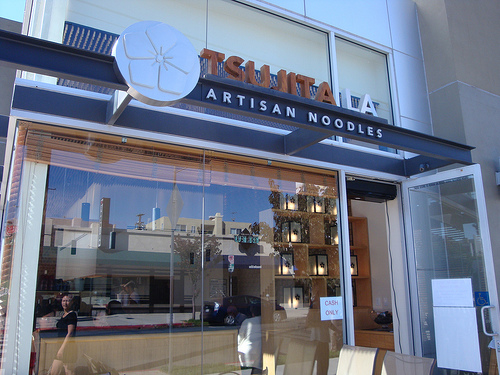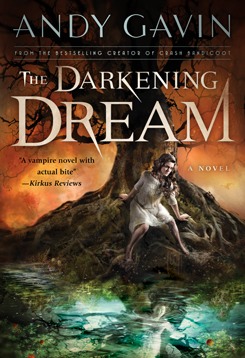Restaurant: Tatsu Ramen
Location: 2123 Sawtelle Blvd, Los Angeles, CA 90025. (310) 684-2889
Date: Fall, 2014
Cuisine: Japanese Ramen
Rating: Nice modernization
These days, Sawtelle is crawling with Ramen joints. From the uber specialized and rich Tsujita to the old school Daikokuya.

Tatsu does things a bit differently, with a sleek updated look and modernized take on the classics.

They even have ipad based ordering, down to minute customizations!

Chashu bun. Sweet BBQ pork in a peking duck style bun with lettuce and green onion and mayo-like sauce. Really really tasty. Good stuff.

Chashu rice. More or less the same pork on rice.

Soul Ramen. Their signature ramen! Homemade Tonkotsu broth, black garlic oil and sweet umami sauce. Served with ground beef and a choice of pork, chicken or tofu.

Bold ramen. Their most popular ramen! Homemade Tonkotsu broth with 11 bold ingredients. Not for the timid! Served with seasoned soft-boiled egg & a choice of pork, chicken or tofu. A real tasty zesty sauce (not hot).

Red ramen. Homemade Tonkotsu broth spiked with our sweet and savory red sauce. Served with ground beef.

Ground beef. This extra side of ground beef showed off the flavors naked. Certainly a really tasty soft meat with a bit of a kick and a hint of sweetness.

Kurobuta Pork Chashu. The usual fatty pork.

All-natural Chicken Breast. The California alternative to fatty pork.

Garlic! There are whole garlic bulbs on the table.

Plus nori strips and other seasonings.
Overall, I was impressed. Tatsu is a bit lighter than some ramens (Tsujita, here’s looking at you — even if the dipping ramen is to die for). But the flavors here are bold, fresh, and tasty. Good stuff, particularly if you are an old hat and want to jazz it up. Plus, if you had vegetarians or the like they can join you: Hippy Ramen + tofu!
For more LA dining reviews click here.

Some friendly folk at the communal table passed us this mysterious confection:

Green tea kitkat. Kinda pasty. Not nearly as good as the original (which isn’t that great).

So we had to clear the taste by heading across the street to Beard Papa for cream puffs, like this original with vanilla creme.

And this cookie shell with caramel creme. The caramel creme tasted exactly like butterscotch pudding.

















































































































































































































































































































































































































































































































































































































































































































































































